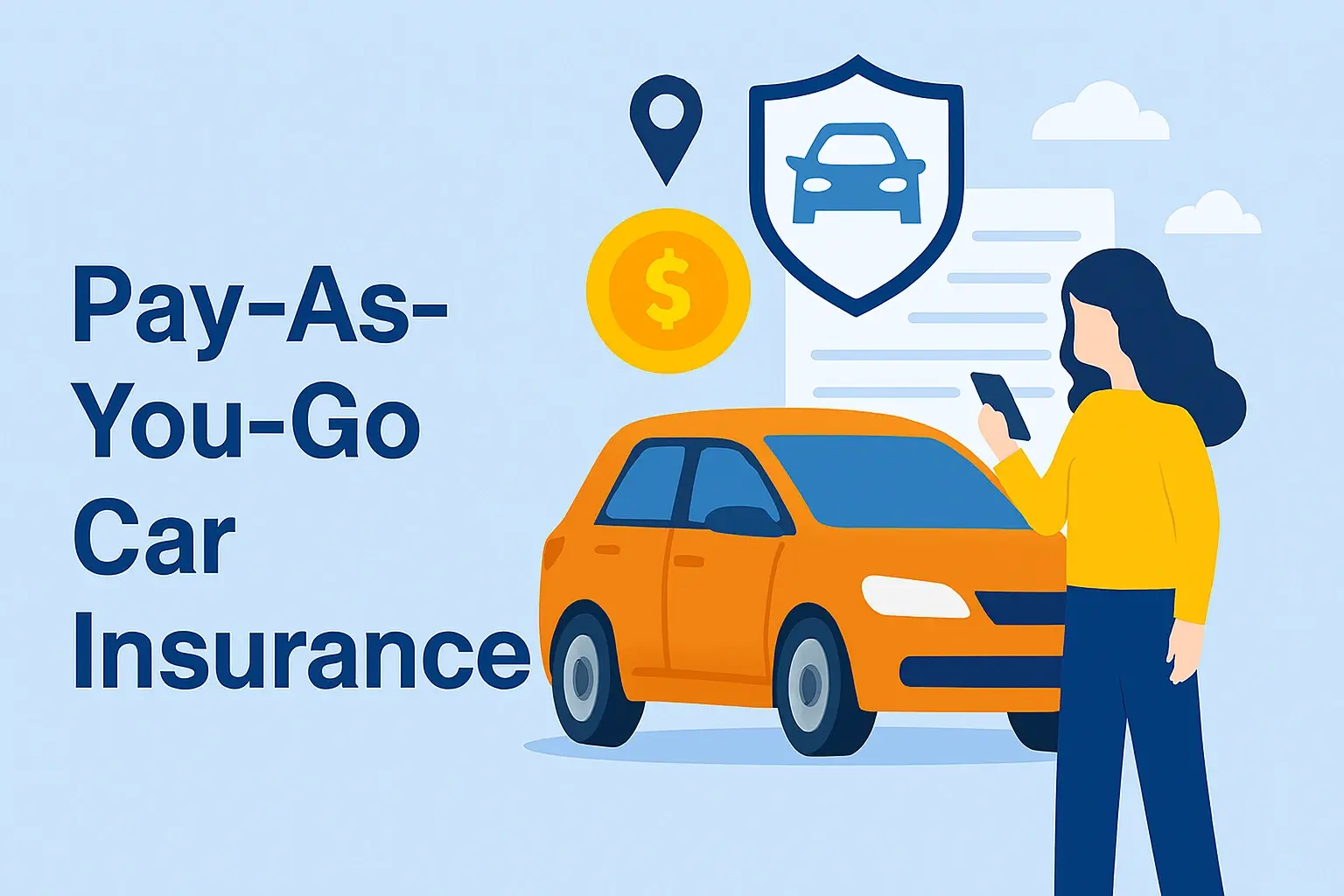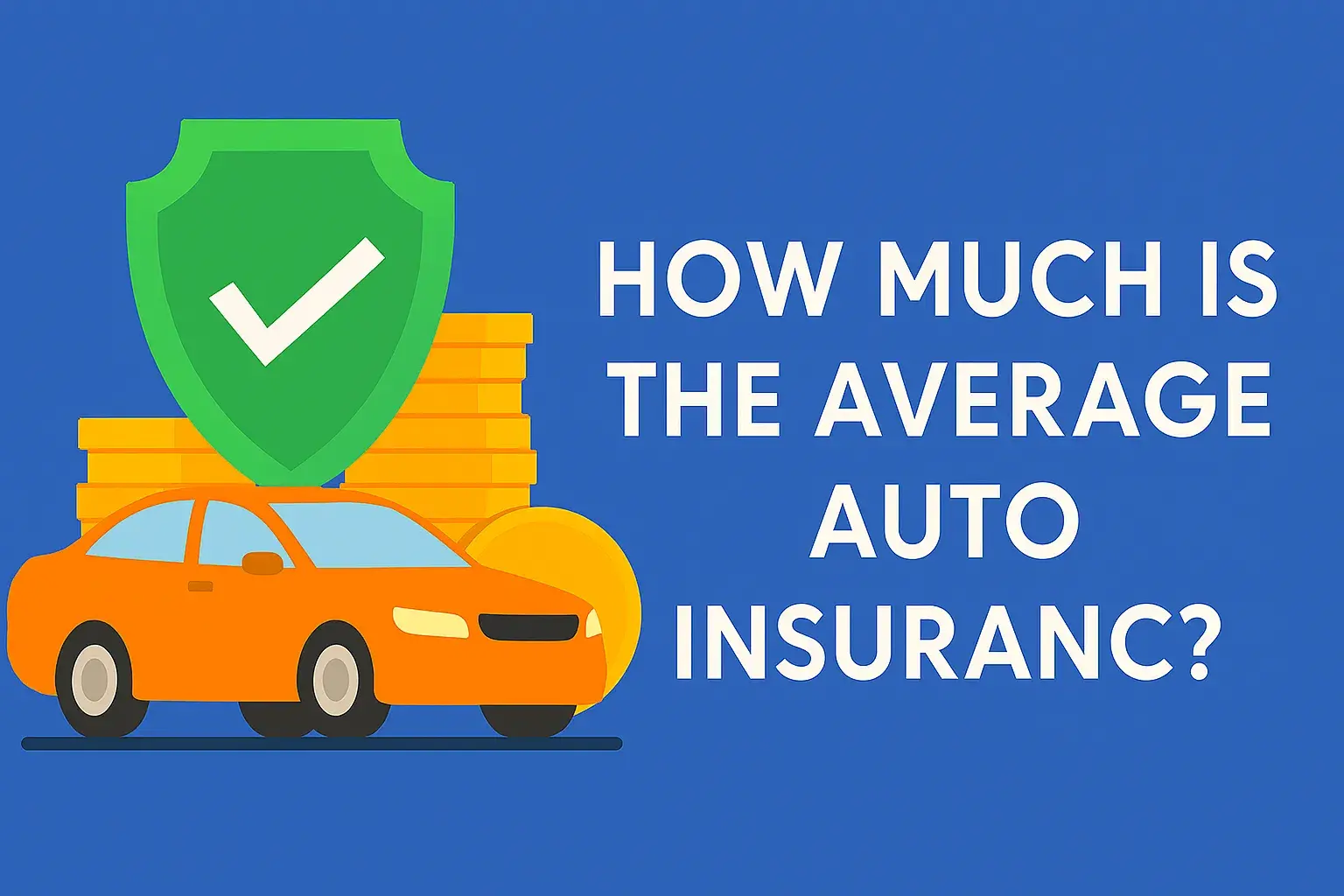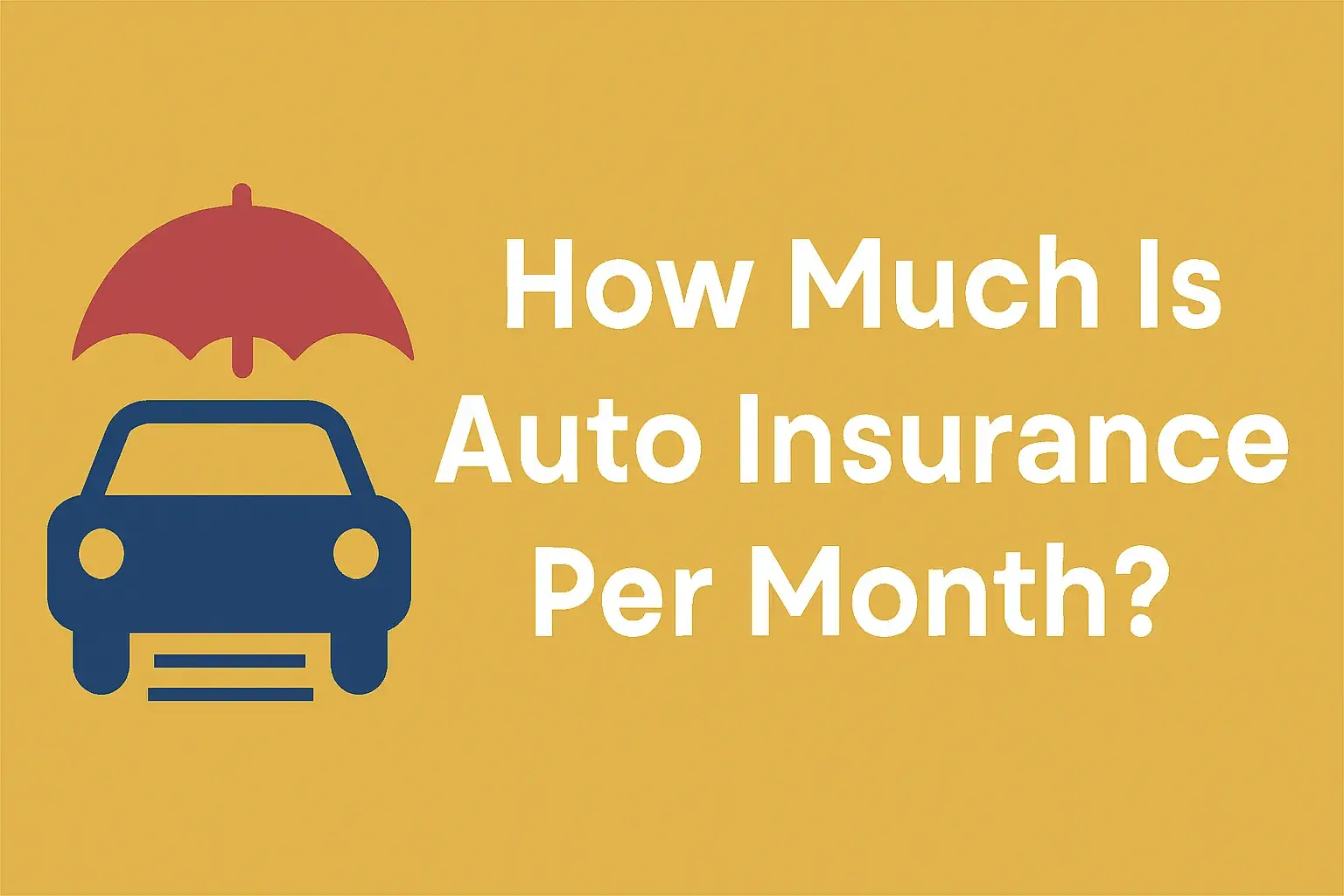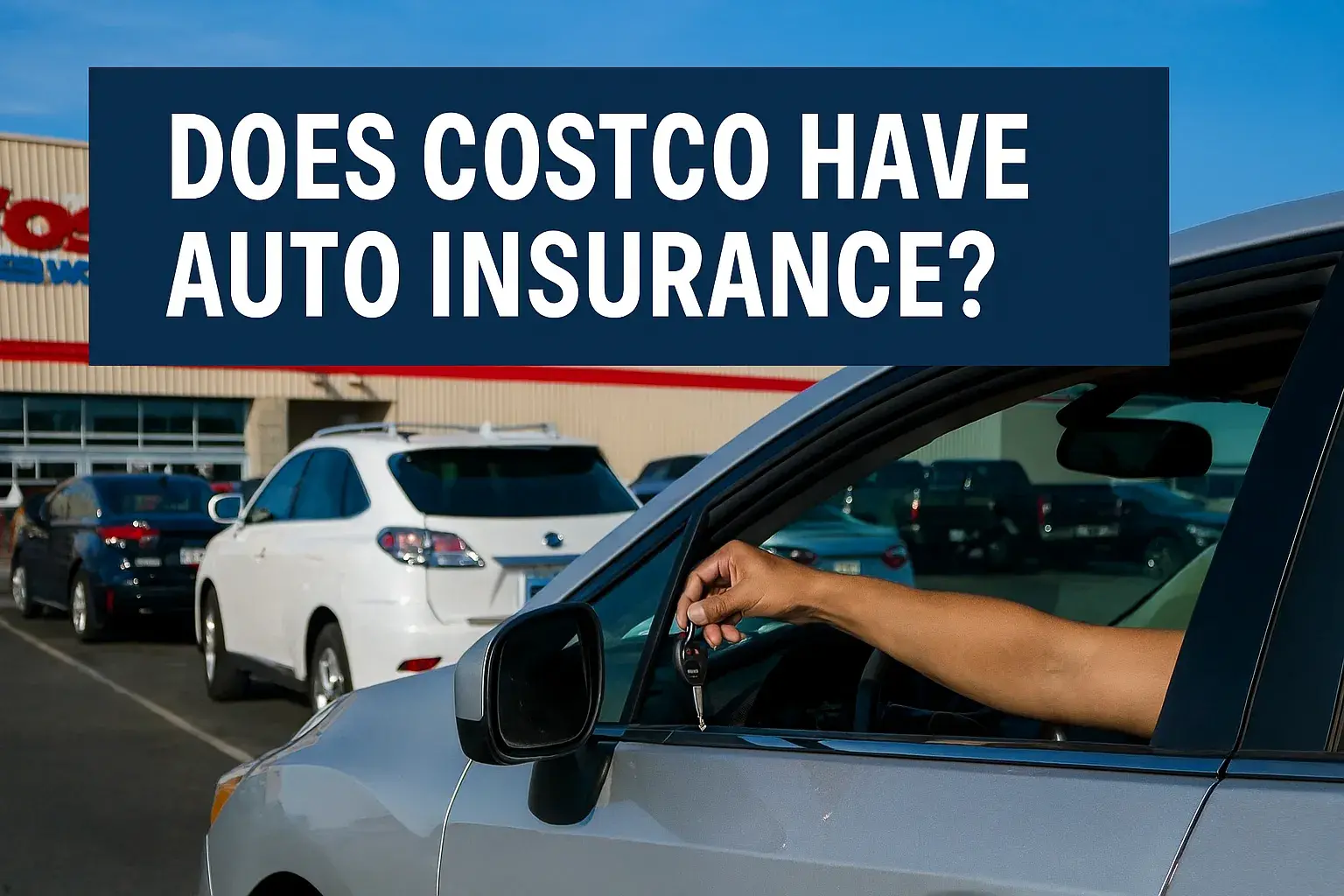12
Sep

Pay-as-you-go (PAYG) car insurance, also known as pay-per-mile or usage-based insurance, adjusts your premium based on how much and how you drive, rather than a flat annual rate. This model utilizes technology, such as smartphone apps or plug-in devices, to track mileage and, in some cases, behaviors like speed or braking. Research suggests it can lower costs for infrequent drivers, but evidence leans toward mixed results for others due to base fees and data privacy issues. It's not a one-size-fits-all solution—savings depend on your habits, and controversy exists around tracking accuracy and potential rate hikes for risky driving.
How It Differs from Traditional Insurance?
Traditional car insurance charges a fixed premium based on factors like age, location, and vehicle type, assuming average usage. PAYG flips this by charging a low base rate (covering theft or parked coverage) plus a variable fee per mile driven, often 5-10 cents per mile. For example, if you drive 500 miles in a month, your bill might be $30 base + $40 mileage = $70 total, versus $150 for a standard policy. This promotes fairer pricing but requires active monitoring.
Quick Comparison Table
| Provider | Base Rate (Monthly Example) | Per-Mile Rate (Example) | Key Feature | Best For |
|---|---|---|---|---|
| Nationwide SmartMiles | ~$29-$60 | 6-7¢ | App/device tracking with a 250-mile daily cap and up to a 10% safe driving discount | Low-mileage families or road trip drivers |
| Allstate Milewise | ~$45 ($1.50/day) | 5-8¢ | Plug-in device or app option with unlimited mileage plans available | Safe, occasional drivers in select states |
| Lemonade (Metromile) | ~$29-$56 | 6-8¢ | AI-powered app for instant quotes, EV/hybrid discounts, and carbon offset programs | Tech-savvy urbanites or low-mileage EV owners |
| USAA SafePilot/Noblr | ~$30-$73 | 6¢ | App tracking for safe driving discounts up to 30%, military-specific perks | Veterans, military families, or remote workers |
| Mile Auto | ~$25-$48 | 4-9¢ | Simple odometer photo submission for tracking, no device required | Budget-conscious low-mileage drivers |
*Rates are averages for 2025 low-risk profiles; actual quotes vary by state and driver.*
Understanding Pay-As-You-Go Car Insurance: A Comprehensive Guide for 2025 Drivers
In an era where remote work, ride-sharing, and eco-conscious living are reshaping how we use our vehicles, traditional car insurance models feel increasingly outdated. Enter pay-as-you-go (PAYG) car insurance—a flexible, usage-based approach that ties your premiums directly to the miles you drive. This innovative option promises significant savings for low-mileage drivers while leveraging modern technology to reward safe habits. But is it truly revolutionary, or just another gimmick? In this in-depth exploration, we'll break down what PAYG entails, how it functions, its advantages and pitfalls, top providers for 2025, and whether it aligns with your driving lifestyle. Drawing on industry insights and real-world data, this guide aims to equip you with the knowledge to make informed decisions.
What Exactly Is Pay-As-You-Go Car Insurance?
Pay-as-you-go car insurance, often interchangeably called pay-per-mile or pay-how-you-drive insurance, is a subset of usage-based insurance (UBI). Unlike conventional policies that charge a lump-sum premium based on broad risk factors—such as your age, credit score, location, and vehicle value—PAYG calculates costs in real-time according to your actual driving patterns. At its core, it operates on the principle that the more you drive, the higher your risk of an accident, so why not pay accordingly?
This model emerged in the early 2000s as telematics technology advanced, allowing insurers to track mileage via GPS-enabled devices, smartphone apps, or even OBD-II plugs inserted into your car's diagnostic port. In the U.S., where the average driver logs about 13,500 miles annually, PAYG shines for those below 8,000-10,000 miles, such as urban dwellers using public transit or retirees enjoying leisurely outings. Globally, similar programs exist in the UK (e.g., via providers like Marmalade) and India (under names like Pay-As-You-Drive add-ons), but U.S. adoption has surged post-pandemic due to hybrid work trends.
It's worth noting that PAYG isn't "no insurance" when parked—policies still include comprehensive coverage for theft, vandalism, or weather damage through a fixed base rate. The variable component kicks in only for active driving, making it a hybrid of fixed and dynamic pricing. According to a 2024 report from the Insurance Information Institute, UBI programs like these now cover over 20% of U.S. auto policies, up from 10% in 2020, reflecting growing consumer demand for personalized rates.
How Does Pay-As-You-Go Car Insurance Work?
The mechanics of PAYG are straightforward yet tech-dependent, ensuring transparency while minimizing surprises. Here's a step-by-step breakdown:
1. Enrollment and Setup: You select a PAYG policy from an eligible provider and install the tracking tool. This could be a free app (using your phone's GPS and accelerometer) or a small device plugged into your car's port. Some, like Mile Auto, even allow self-reporting via odometer photos for simplicity.
2. Base Premium Calculation: Expect a modest monthly or daily base fee—typically $20-50—covering non-driving risks. This is determined by standard factors like your driving record and vehicle type.
3. Mileage Tracking: As you drive, the device or app logs miles in real-time. Many also monitor behaviors: harsh braking, rapid acceleration, or nighttime driving might influence rates in "pay-how-you-drive" variants. Data is uploaded daily or weekly to the insurer.
4. Billing Cycle: At month's end (or bi-weekly for some), your total premium is computed: base rate + (miles driven × per-mile fee, often 4-10 cents). For instance, driving 300 miles at 7 cents/mile adds $21 to a $30 base, totaling $51—far less than a $120 traditional policy for the same coverage. Unused miles might even earn cashback in certain programs.
5. Adjustments and Renewals: Safe driving can lower future per-mile rates, while excessive miles might prompt a policy review. Coverage remains active 24/7, but you must adhere to mileage caps (e.g., 250 miles/month for some plans) or face surcharges.
Privacy safeguards are built in: data is anonymized and used solely for rating, per FTC guidelines. However, if you forget the device or app, coverage might lapse— a common pitfall. In 2025, advancements like AI-driven analytics are making tracking more accurate, with providers integrating it seamlessly into smart car systems.
The Benefits: Why PAYG Could Be a Game-Changer
For many, the allure of PAYG lies in its potential for substantial savings and behavioral incentives. Low-mileage drivers—think remote workers averaging 5,000 miles/year—can slash premiums by 30-50%, as evidenced by NerdWallet's 2025 analysis showing average savings of $600 annually for qualifying users. Beyond finances, it encourages safer roads: studies from the Texas A&M Transportation Institute indicate PAYG reduces overall mileage by 10-15%, easing congestion and emissions.
Other perks include:
- Flexibility for Varied Lifestyles: Perfect for seasonal drivers, students home for breaks, or those with multiple vehicles. Programs like USAA's SafePilot offer up to 30% discounts for low-risk behaviors.
- Lower Upfront Costs: No large down payments; bills align with usage, aiding cash flow.
- Environmental Impact: By discouraging unnecessary trips, it supports greener mobility—aligning with 2025's push for sustainable insurance.
- Personalization: Apps provide driving insights, like fuel efficiency tips, turning insurance into a coaching tool.
In essence, PAYG democratizes coverage, making it accessible for underserved groups like young drivers or gig workers who can't afford standard rates.
Potential Drawbacks: Not Without Trade-Offs
While promising, PAYG isn't ideal for everyone, and critics highlight several concerns. High-mileage commuters might end up paying more due to per-mile fees stacking atop the base rate, potentially exceeding traditional costs by 20% for those over 15,000 miles/year. Privacy remains a hot-button issue: telematics collect granular data on locations and habits, raising fears of misuse or hacking, as noted in Consumer Reports' 2025 review.
Additional challenges:
- Logistical Hurdles: Device malfunctions or forgotten self-reports can lead to disputes or coverage gaps.
- Limited Availability: Not offered nationwide; states like California and New York have more options, but rural areas lag.
- Behavioral Penalties: Aggressive driving detected? Expect rate hikes, which could feel punitive.
- Upfront Tech Costs: Some devices cost $50-100 initially, offsetting early savings.
For families sharing cars or frequent road-trippers, the variability in bills can strain budgeting. A 2024 Reddit thread from r/Insurance echoed this, with users reporting "savings only if you're truly low-mileage."
Top Pay-As-You-Go Providers for 2025
The market is competitive, with established giants and startups vying for low-mileage customers. Based on MoneyGeek and Quote.com rankings, here are standout options:
- Nationwide SmartMiles: Tops lists for ease of use, with app-based tracking and no device needed. Average full coverage: $1,200/year for 7,500 miles. Pros: 10% intro discount; cons: Caps at 12,000 miles.
- Allstate Milewise: Offers plug-in flexibility and unlimited options for high-mileage vehicles. Savings up to 40%; strong in claims handling.
- Lemonade Pay-Per-Mile: Tech-forward with AI quotes; ideal for millennials. Starts at $35/month base, emphasizing quick payouts.
- USAA SafePilot: Military-exclusive but unbeatable for eligible users, with behavioral bonuses up to 40%.
- Mile Auto: Budget pick for self-reporters; as low as $25 base, but limited to basic coverage.
When shopping, compare via sites like Insurify for personalized quotes—rates vary by ZIP code and history.
Is Pay-As-You-Go Right for You? A Balanced Assessment
PAYG suits lifestyles where driving is occasional, but for daily commuters, traditional policies might offer stability. Consider your annual mileage (track via apps like Fuelly), tolerance for tech, and state regulations. It seems likely that as electric vehicles rise, PAYG will integrate battery usage data for even fairer pricing. Test via short-term trials offered by providers.
In conclusion, pay-as-you-go car insurance represents a shift toward equitable, data-driven coverage. For the right driver, it delivers real savings and insights; for others, it's a cautionary tale of over-monitoring. Consult an agent or use online tools to crunch your numbers—your wallet (and habits) will thank you.




